If you are a journalist and would like to speak to any of the team who are on-ice (Dec 2024 - Jan 2025 and Dec 2025 - Jan 2026) please contact us at swaiscomms@gns.cri.nz for more information.
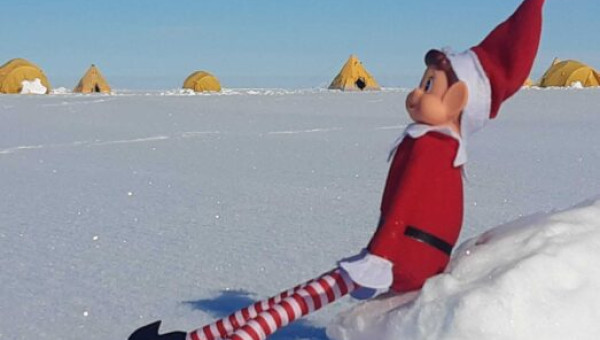
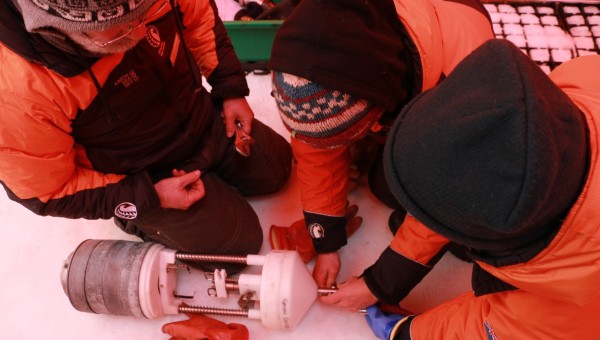
Friday 22 December 2023
The larger hole (~35 cm) through the Ross Ice Shelf was completed today!
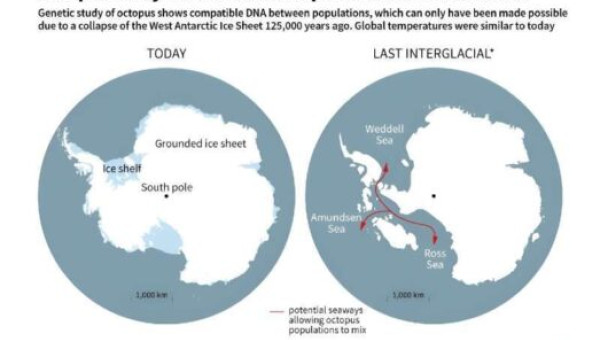
Octopuses help solve a long-standing mystery of West Antarctica demise
Turquet’s octopuses, a species of cephalopod found in the Southern Ocean, were able to move around a melted West Antarctic Ice Sheet as recently as 125,000 years ago, according to new…

Thursday 21 December 2023
It’s the small luxuries… Remote field work in Antarctica often involves going weeks without a shower or clean clothes.

Wednesday 20 December 2023 (part 2)
After years of planning and preparing and so much hard work of so many, including three weeks of set up time, trouble shooting and dry runs of hotwater drilling (HWD) and…
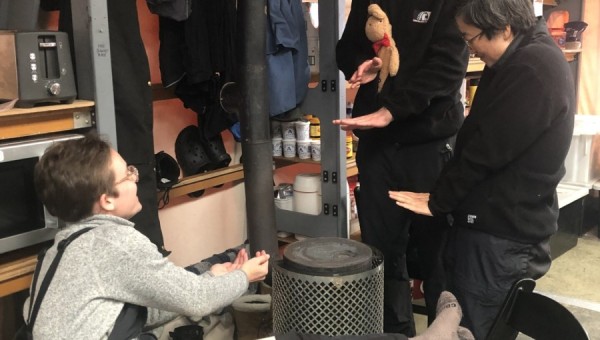
Wednesday 20 December 2023
When the wind blows… After a beautiful day on Tuesday with sunny skies and very little windy, today started out grey and windy and it kept getting windier and colder throughout…

Tuesday 19 December 2023
Once the hot water hole is completed through the Ross Ice Shelf, we will have about 12 hours to do science operations in the ocean gap between the ice and…
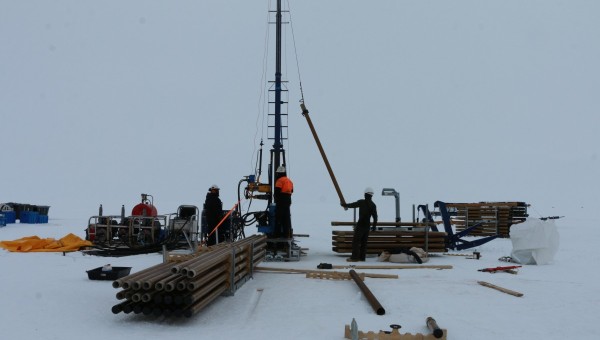
Sunday 17 December 2023
The Antarctic Intermediate Depth Drill (AIDD) has three coring systems that we can use: a hydraulic piston corer, a push corer, and a rotary corer.
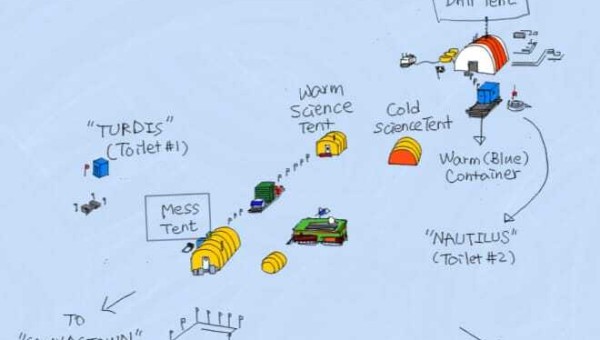
Saturday 16 December 2023
Undertaking a drilling project of this scope in a remote area along the Siple Coast of the Ross Ice Shelf requires a lot of careful preparation and a well-designed camp.

Friday 15 December 2023
An important part of the Antarctic Intermediate Depth Drill (AIDD) system is the sea riser, which helps to support the drill string when drilling from floating ice.